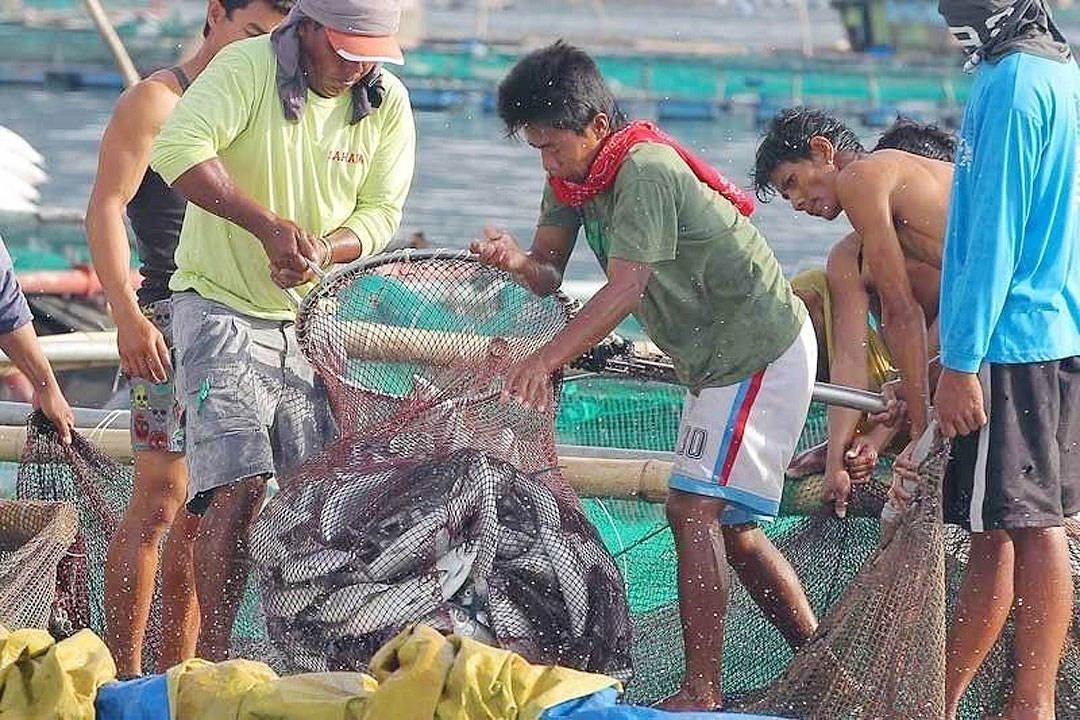Fisheries output seen rising in Q3 as El Niño boosts plankton growth

By Sheldeen Joy Talavera
FISHERIES production could continue to improve in the third quarter, with the weather favoring the growth of plankton that fish depend on for food, a former fisheries official said.
“That is the trend that I am seeing with El Niño, (assuming no other) extreme weather disturbance,” according to Asis G. Perez, former director of the Bureau of Fisheries and Aquatic Resources and co-convenor of advocacy group Tugon Kabuhayan.
Mr. Perez said fish eat more in warm weather, allowing them to grow bigger. Warm weather also encourages plankton growth, on which the fish feed.
“Since primary production happens with sunlight, the production of the food for fish will be higher this time as El Niño is entering,” he told BusinessWorld by phone.
The government weather service, known as PAGASA (Philippine Atmospheric, Geophysical and Astronomical Services Administration), has forecast the possibility of an El Niño episode beginning in June, running until the first quarter of 2024.
Fisheries production in the first quarter rose 2% to 991.14 thousand metric tons, led by the marine municipal fisheries and aquaculture subsectors.
From the three months to June, Mr. Perez said fishermen reported a good harvest as favorable weather allowed them to fish, while supply-chain disruptions are clearing up for processed animal protein (PAP), a material used in fish feed.
The Philippine Statistics Authority is set to release agricultural output data for the second quarter on Aug. 9.
During the third quarter of 2022, Mr. Perez said fisheries production, particularly aquaculture, declined due to the lower supply of PAP, which was caught up in the import bans on pork products imposed due to African Swine Fever.
“Now, we’re hoping that with the better climate and at least with less rain and moderate sunlight, assuming no weather disturbances, then maybe fisheries performance will improve,” he said.
Mr. Perez noted that increased volume of production does not translate to higher incomes, considering the market’s demand and supply situation.
“Kapag sobrang madami naman, ‘yong farmer naapektuhan kasi good production does not necessarily mean more income… kapag nagkasabay-sabay ang harvest medyo ang presyo apektado (If the harvest if too bountiful, the farmer could be affected. Good production does not necessarily mean more income. If all the good harvests come in at once, the price could be affected),” he said.
According to the Department of Agriculture’s price monitors, as of June 30 the retail price of bangus or milkfish in Metro Manila was between P145 and P240 as of June 30.
Tilapia fetched between P105 and P160 while galunggong or local round scad sold for between P180 and P200.
Mr. Perez also noted that pork imports have affected demand for fish and other commodities.
“Our call is hopefully for the reduced tariff on pork not to be extended, because all producers are affected — chicken, egg, or fish — because we (all) compete with imported pork with lower tariff,” he said.
At present, the tariff rate on pork is 15% for imports within the minimum access volume quota and 25% for shipments exceeding the quota. The rates were set by executive orders issued by presidents Rodrigo R. Duterte and Ferdinand R. Marcos, Jr.
The lowered tariffs expire at the end of 2023, restoring pork tariffs to the original 30% within the quota and 40% for those exceeding the quota.



